|
This year, one of my goals is to open up about the business side of making and selling art. In my previous post, I revealed the true cost of art when it comes to selling at art festivals. In this post, I answer questions about retail price and the value of art. I am not a pricing expert; I'm an artist who struggles with pricing. I feel that I'm constantly reevaluating and adjusting my prices. Price and value are difficult and this post addresses what I've learned so far. I always have more to learn. Q & A on the Price of ArtHow is retail price calculated? A traditional formula for calculating retail price is: Costs of labor + cost of materials + business costs/overhead = Wholesale Price 2 x Wholesale = Retail Price What makes pricing art different? A traditional formula like the one above is derived from manufacturing industries where there are high volumes of "widgets" being produced. In contrast, the very nature of art is that it is one-of-a-kind. Pricing art using a traditional formula doesn’t work well because the value of art is subjective. Basically, the list price is what an artist hopes someone will pay. But, the truth of the matter is that some art never finds a buyer. An artworks’ value is only determined once an artwork has found a buyer. When an artist and buyer agree upon a sale price, that is when its value is determined. How do you calculate the retail price of your art? Despite the difficulties of retail price versus value, we still have to start somewhere! Here is a simplified version of the pricing structure that I use to determine the retail price of my art:
Why is the Retail Price so high?
In an art gallery setting, when/if an artwork is sold, the gallery takes half of the sale. In essence, the artist is paid their “wholesale price” for the art. An art gallery takes half of the sale?! It may sound like a lot, but an art gallery has its own costs and overheads (rent, employees, etc.) to pay and it needs to make money in order to stay in business. Just like an artist, the only way a gallery makes money is by selling art! An artist may choose to sell their art without a gallery, but these settings come with a cost as well (for example, see the costs associated with selling at art festivals in my previous post). Selling art at retail price regardless of setting allows these costs to be recouped.
0 Comments
The true cost of art.
I had good reason to expect that the two festivals I got into to would be decent shows for me. I did my research on both events and I heard great things. But I'm not naïve, I know that doing any art show - especially if it includes large travel expenses - is a huge gamble. But I figured that if I could double the amount of sales I made at one show last year, it would be worth it. "I'm a loser baby, so why don't you kill me?"Unfortunately, the end result of this experience has left me not only in debt, but also questioning my art. I've decided to share the true cost of selling my art at these shows. This is not an easy decision; I know that people unwittingly prefer to support winners and I could lose sales over this. I usually try to be as upbeat as possible about my art career in public. But I'm not sure it can get much worse; this week I definitely feel like the loser in Beck's song. Two Art Festivals in Florida, February 2023Costs and Expenses
What costs are not included here?
Artists are not paid for their time.It's hard to imagine all of the time the entire art-festival-going process takes. Usually I try not to think about it since none of it is paid time. But, in an effort to be transparent, here's a look at some of the time I put into doing these two art festivals.
The hardest question I always get asked is: "How long did it take you to make this?" Sales"Okay," you're probably saying, "but how much money did you make?!" Here is the dismal truth... Show one: $698.00 in sales Show two: $2,323.00 in sales Total after expenses = -$3,290.00 This result is extremely embarrassing to share. Sure, there are places I could have cut costs. I could have slept in the cheapest (worst) hotels available. I could have driven through the night (dangerous and stressful). I could have done the second show without my husband's help (no lunch or bathroom breaks and no support) and saved on his airfare. But regardless of expenses, the amount I made in sales wasn't worth it.
ConclusionWhere do I go from here? I don't know. I have more questions than answers.
Is it me? Does my art suck? Should I get a "real" job? If so, what makes something a "real" job? Maybe it's not me, maybe it's the economy? Perhaps people are too worried about inflation? Do people ever spend money on art? Do any artists make money at art fairs? Maybe it's my medium? Perhaps people aren't interested in purchasing textile art? And around again: Is it me? Who knows. All I know is that I can't NOT make art. (I've tried to stop.) So despite the huge emotional toll all of this puts on me, I'm already planning for my next art festival. |
Mary PowI am an artist and designer based in Minneapolis, Minnesota. My specialties are textiles and pastels. Categories
All
Archives
May 2024
|
Website designed by Mary Pow.
©2024 Mary Pow Designs. All rights reserved.
©2024 Mary Pow Designs. All rights reserved.

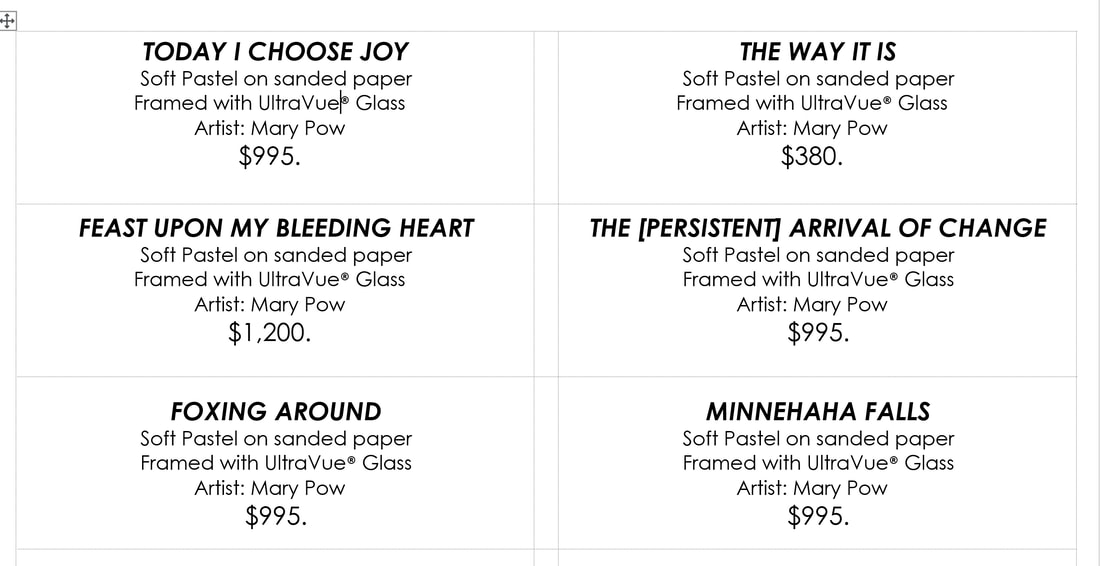
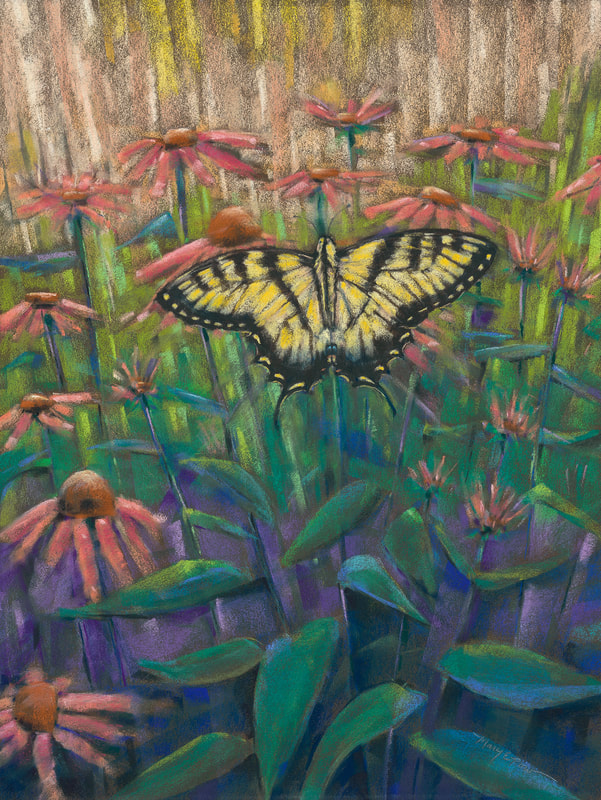
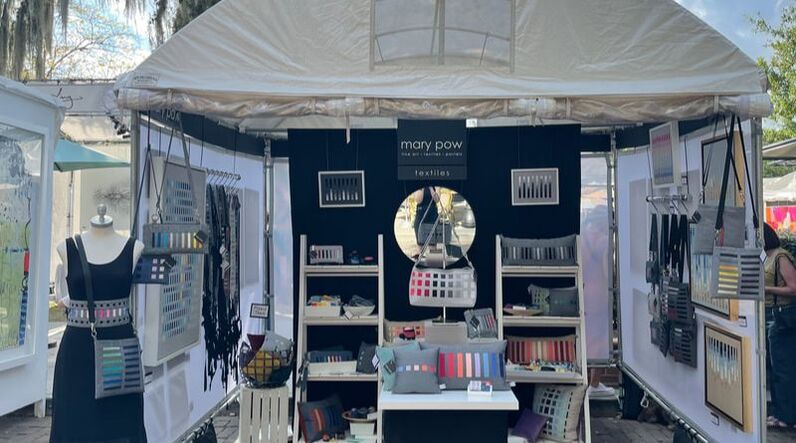
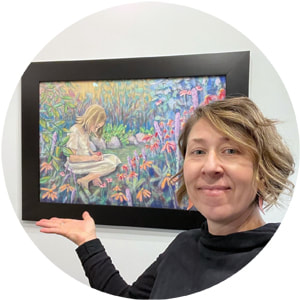
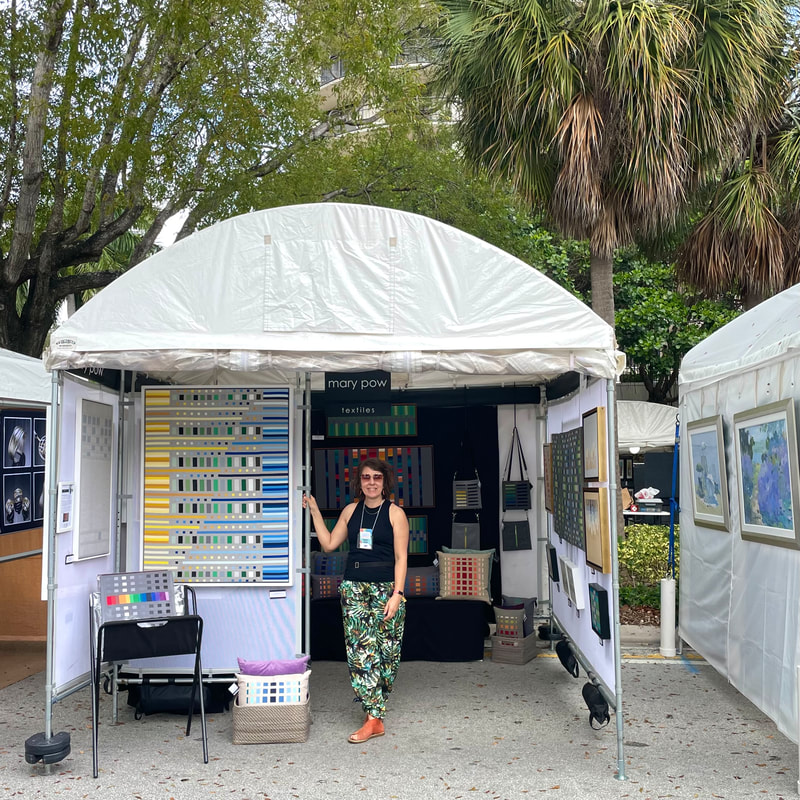
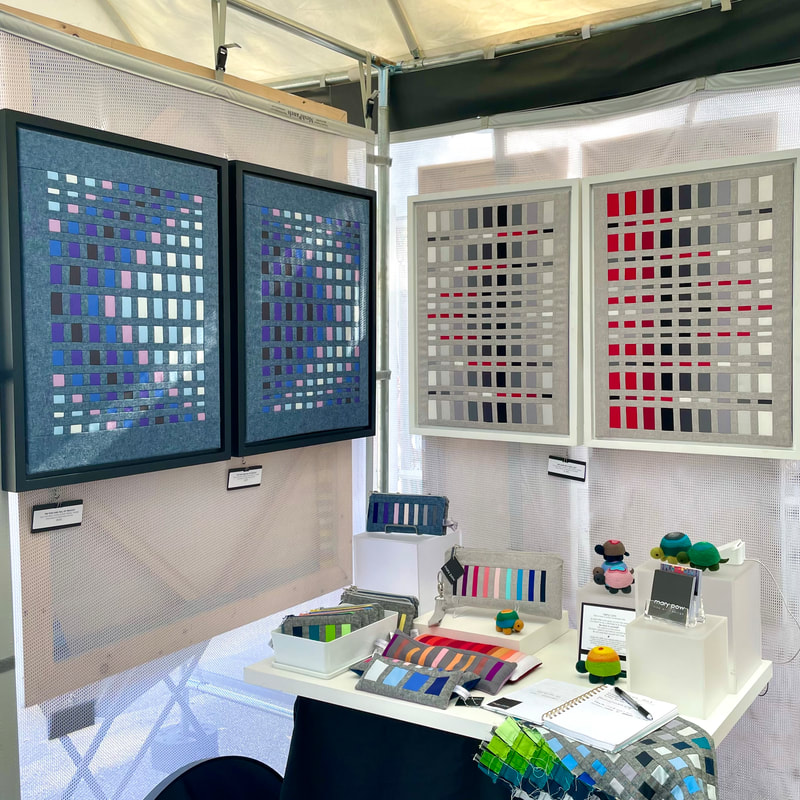
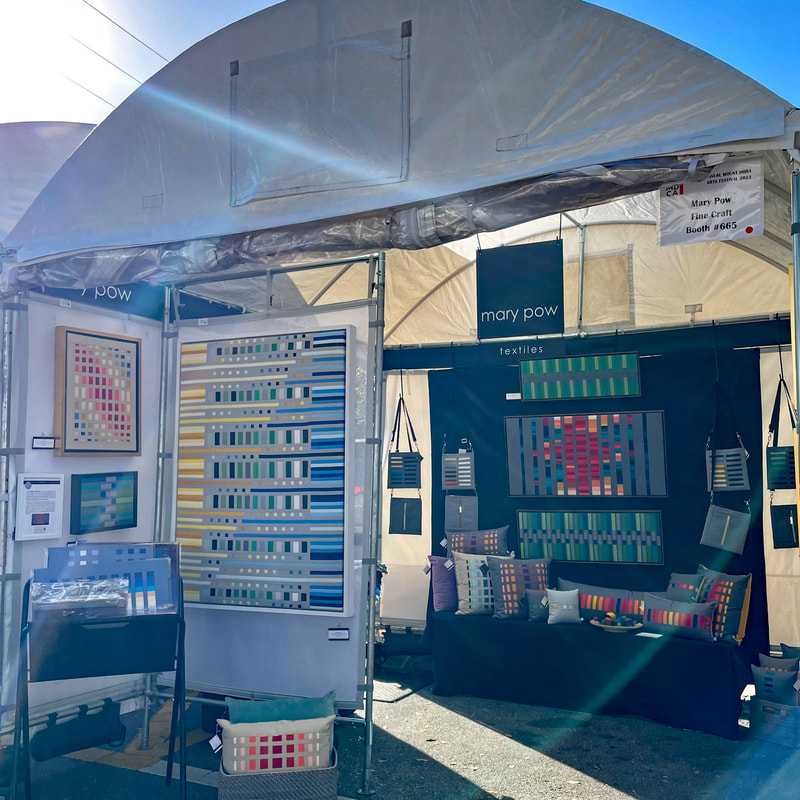
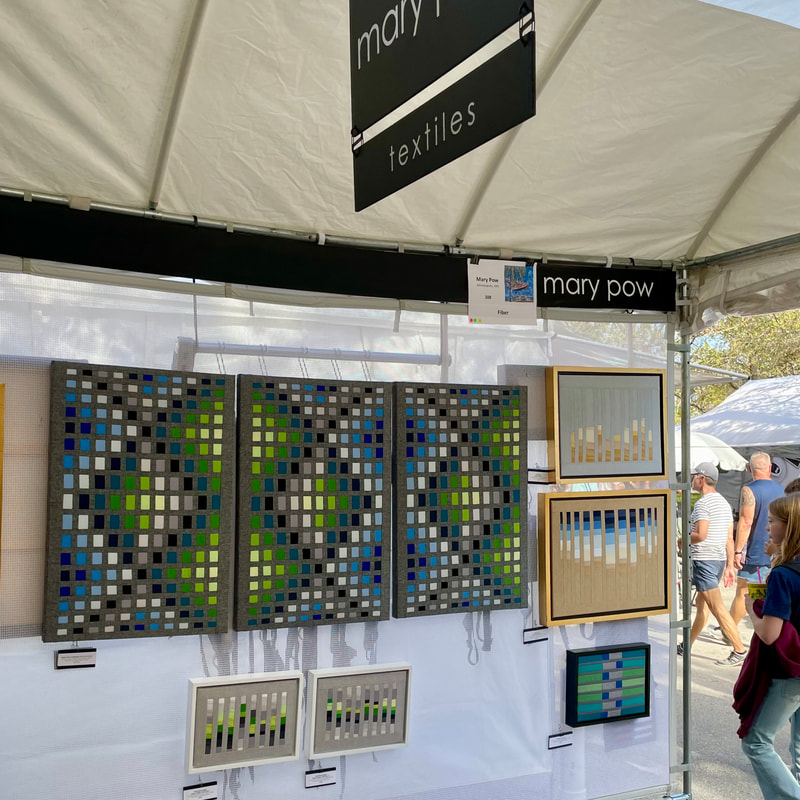
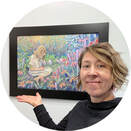
 RSS Feed
RSS Feed